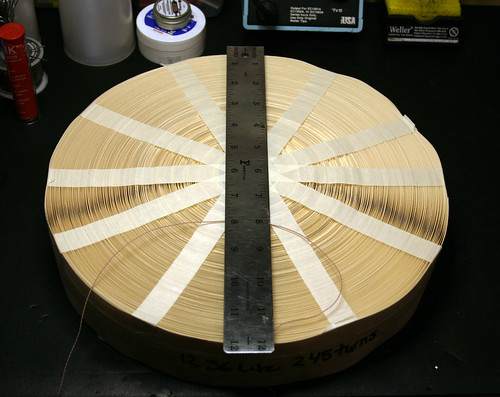Originally posted by crackahcrackah
View Post
In the wardenclyffe foreclosure court records which were posted in some thread here recently tesla talks about some custom measurement instruments which were made by lord Kelvin for tesla... It seems like researching which measurement tools tesla used would be a very good idea...
Once again I must express my extreme gratitude for you posting such useful patent references, I bow to your vast knowledge of tesla patents

However what about calculating the turn spacing which would be required to give a bifilar coil the capacitance which would cancel self induction at a specific frequency. This is what tesla is talking about in the patent and he refers to eliminating the need for external capacitors. That is what I am interested in discovering how to do and why I created this thread.










Comment